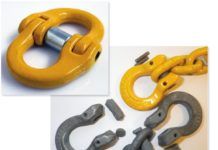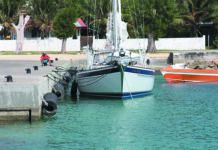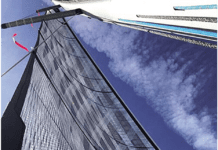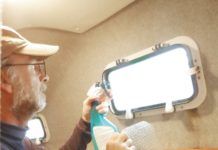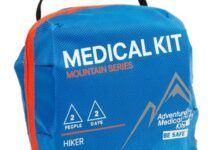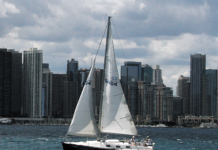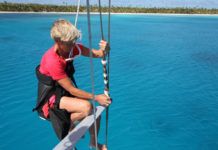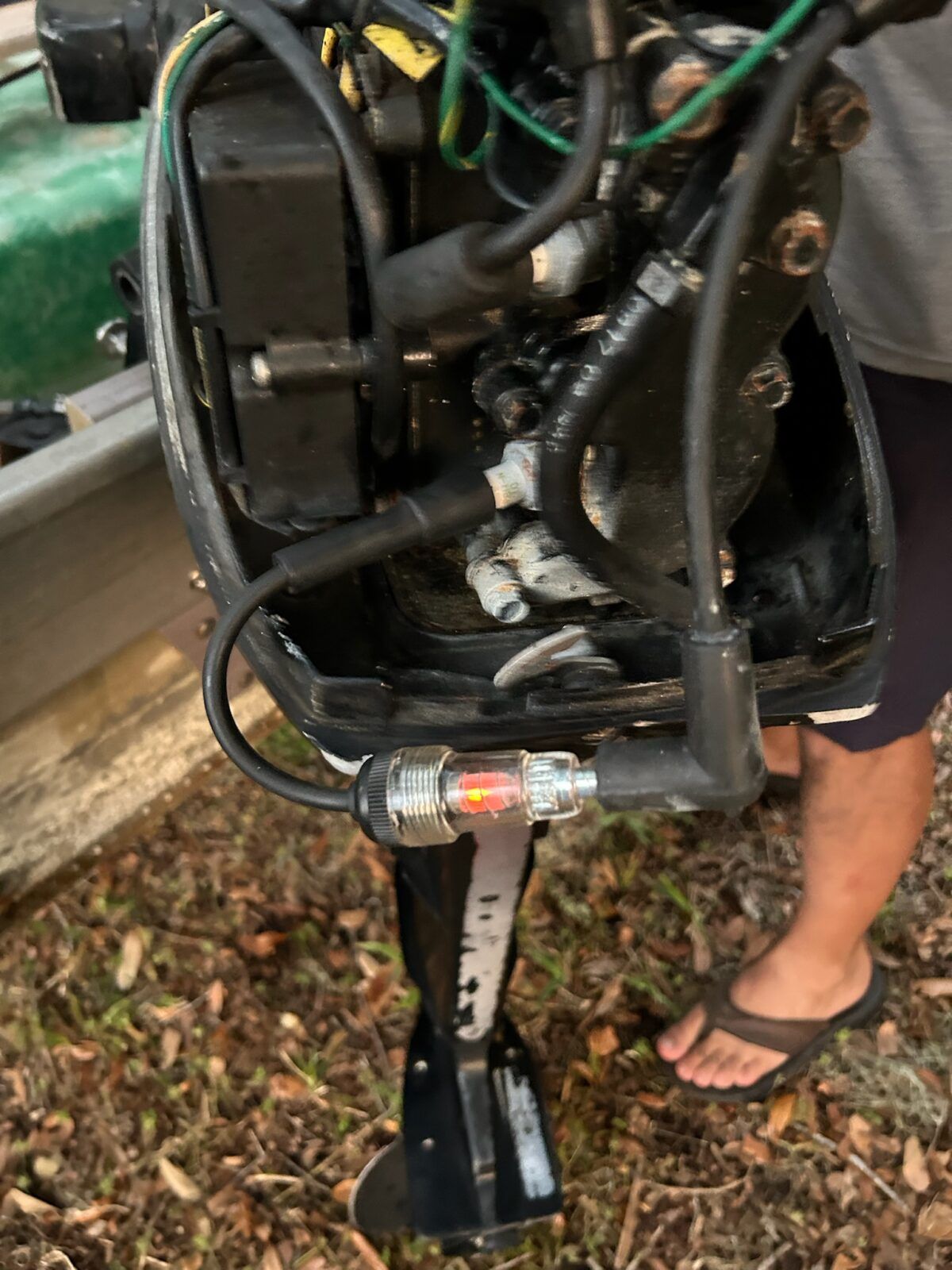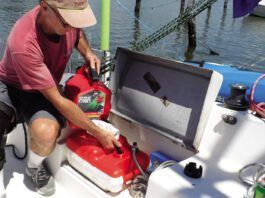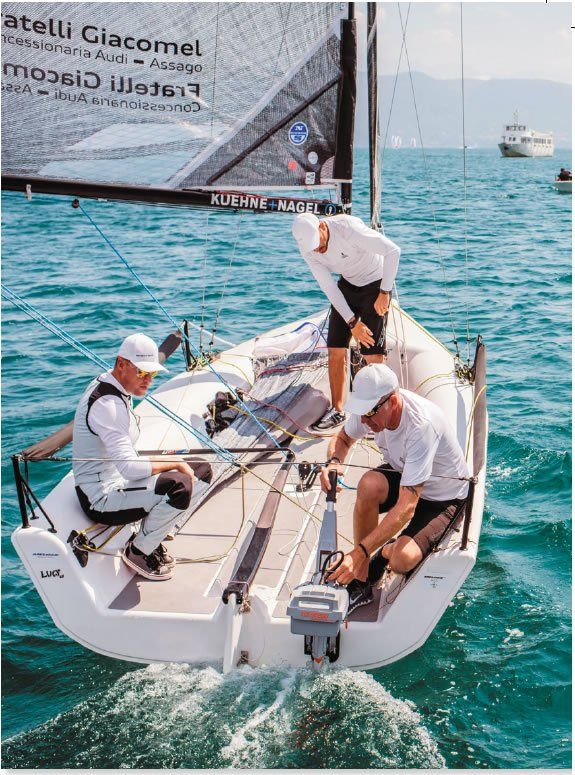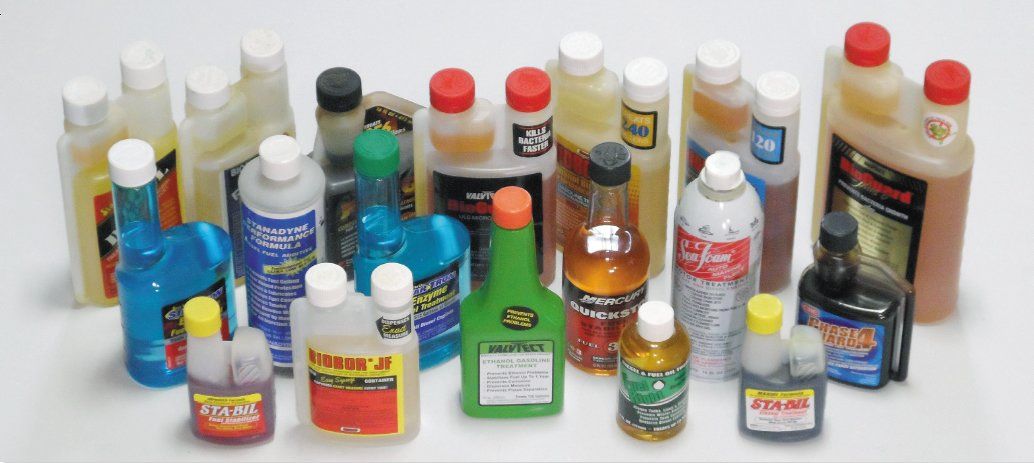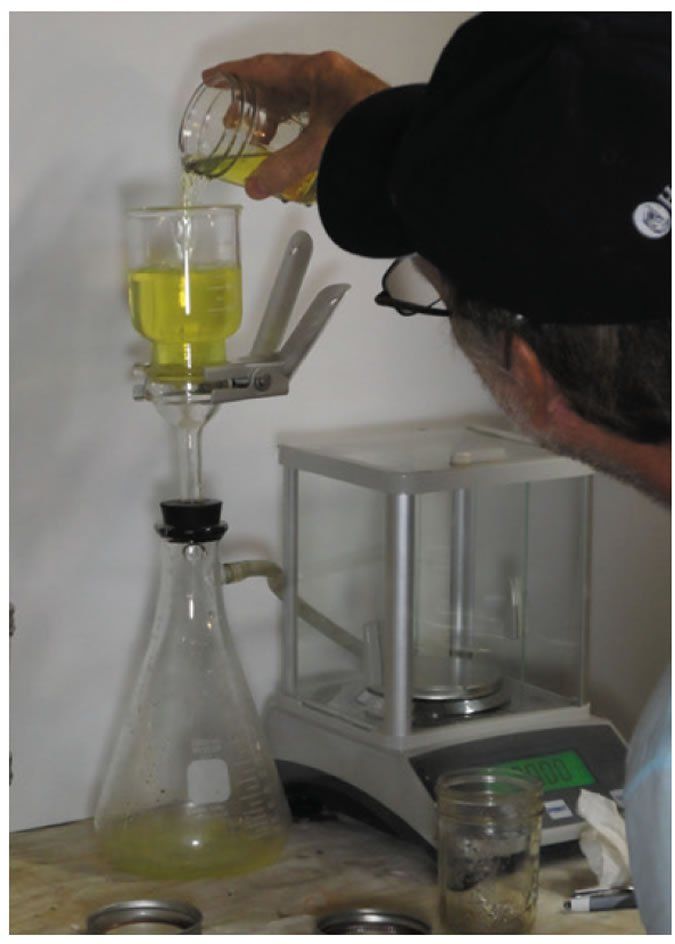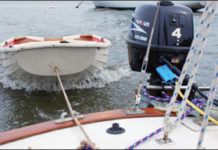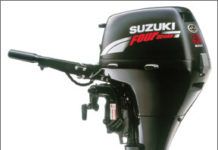Practical Sailor Tests 4-horsepower Electric Outboard
As we did with the Torqeedo electric outboard and Minn Kota trolling motor in past tests, Practical Sailor put the Solid Nav Traveler to work in sea trials on a Cape Dory Typhoon to determine whether it was a viable replacement for a small boats gas-powered outboard. The four-horsepower Traveler electric motor is marketed by Solid Nav and manufactured by Suzhou Parsun Power Machine Co., Chinas largest outboard exporter. Using a brushless 48-volt DC motor made by Mars Electrical Co. of Milwaukee, Wis., the Traveler combines a familiar drive train and an innovative solid magnet electric motor. At first glance, it looks like a small conventional outboard. Available in both long-shaft (20 inches) and short-shaft (15 inches) models, the Traveler is a gasoline outboard alternative best suited for a pocket cruiser (like a Cal 25) or similarly sized weekend cruiser where electric propulsion is desired. However, its required battery entourage limits its portability and affordability, and charging needs limit its practical use on smaller boats.
Four-Stroke, 9.9-hp Outboard Motors Test 2009
Practical Sailor last tested four-stroke, 9.9-horsepower outboards in the June 2007 issue, with the Mercury 9.9 coming out the clear winner. These engines are well-sized for large, rigid dinghies or as auxiliary power for smaller keelboats, but their weight can be an issue. This report compares the Suzuki 9.9-outboard and the Yamaha 9.9 to the Mercury. Both the Suzuki and the Yamaha are carbureted, water-cooled engines. On-the-water engine performance tests found the Suzuki to be the loudest and the heaviest 9.9 we tested. The Yamaha is more compact, but at 91 pounds, it is no lightweight.










